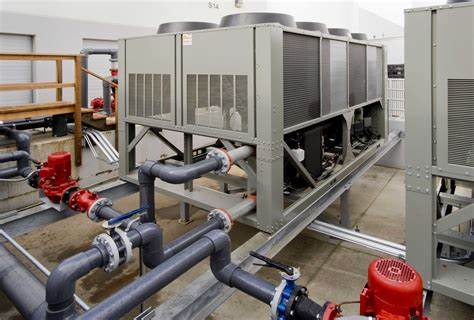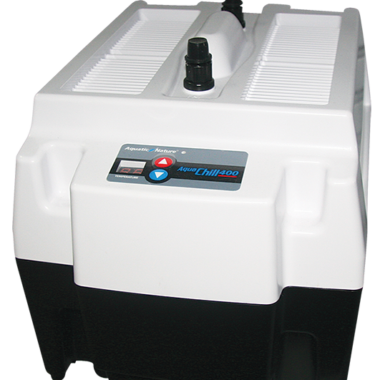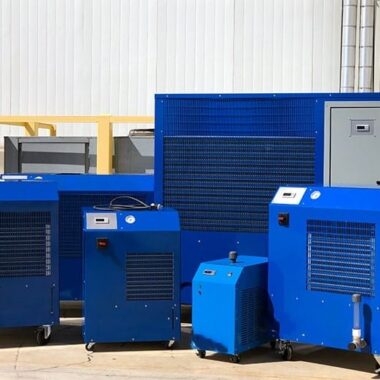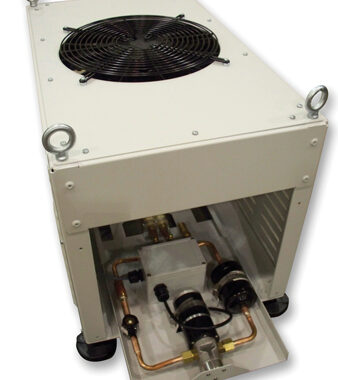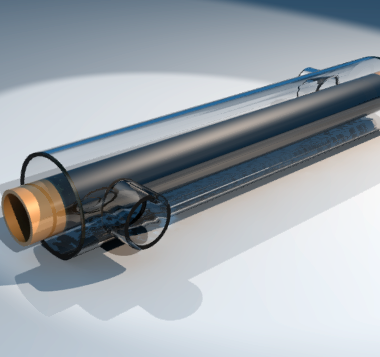Milk Chiller
Milk Chiller
A milk chiller is an fundamental piece of equipment in dairy farming and milk preparing facilities. It makes a difference maintain the freshness and quality of milk by quickly cooling it to the required capacity temperature soon after it is collected. Here’s an diagram of milk chillers, counting their sorts, features, benefits, and selection criteria :
Types of Milk Chillers
1) Direct Expansion (DX) Chillers:
Operation: Utilize a refrigerant that directly cools the milk through an evaporator. Milk flows over or through the cooling surface where heat exchange happens.
Applications: Perfect for small to medium-scale dairy operations.
2) Glycol Chillers:
Operation: Use a glycol-water mixture as a secondary coolant. The glycol arrangement is chilled in a refrigeration unit and after that circulated through heat exchangers to cool the milk.
Applications: Suitable for larger dairy farms and handling facilities due to their capacity to maintain steady temperatures over longer periods.
3) Bulk Milk Coolers (BMC):
Operation: Large insulated tanks with an integrated cooling system, where drain is put away and cooled immediately after milking.
Applications: Commonly utilized in dairy ranches to store and cool large amounts of milk until it is transported to processing facilities.
4) Instant Coolers:
Operation: Utilize plate or tubular heat exchangers to cool milk immediately because it flows through the system.
Applications: Frequently used in conjunction with pasteurization forms or where quick cooling is critical.
Key Features
1) Rapid Cooling :
Rapidly brings milk to the desired capacity temperature (usually around 4°C or 39°F) to avoid bacterial growth and maintain quality.
2) Temperature Control :
Precise temperature control systems to preserve consistent cooling and anticipate solidifying or overheating of the milk.
3) Insulated Storage:
High-quality separator to minimize temperature changes and maintain energy efficiency.
4) Hygienic Design :
Stainless steel development and smooth surfaces for simple cleaning and sanitization, ensuring compliance with hygiene standards.
5) Energy Efficiency :
Planned to minimize energy utilization through productive compressors, evaporators, and insulation.
6) Automated Systems:
Automated temperature checking, control systems, and alarms to guarantee ideal operation and immediate reaction to any issues.
Benefits
1) Preservation of Milk Quality :
Rapid cooling and steady temperature maintenance help protect the freshness, taste, and wholesome value of milk.
2) Bacterial Control :
By maintaining milk at a low temperature, bacterial development is significantly decreased, guaranteeing the security and quality of the milk.
3) Operational Efficiency :
Computerized systems and effective cooling mechanisms diminish labor and operational costs.
4) Compliance with Standards :
Guarantees compliance with nourishment safety and quality guidelines, essential for dairy operations and handling facilities.
